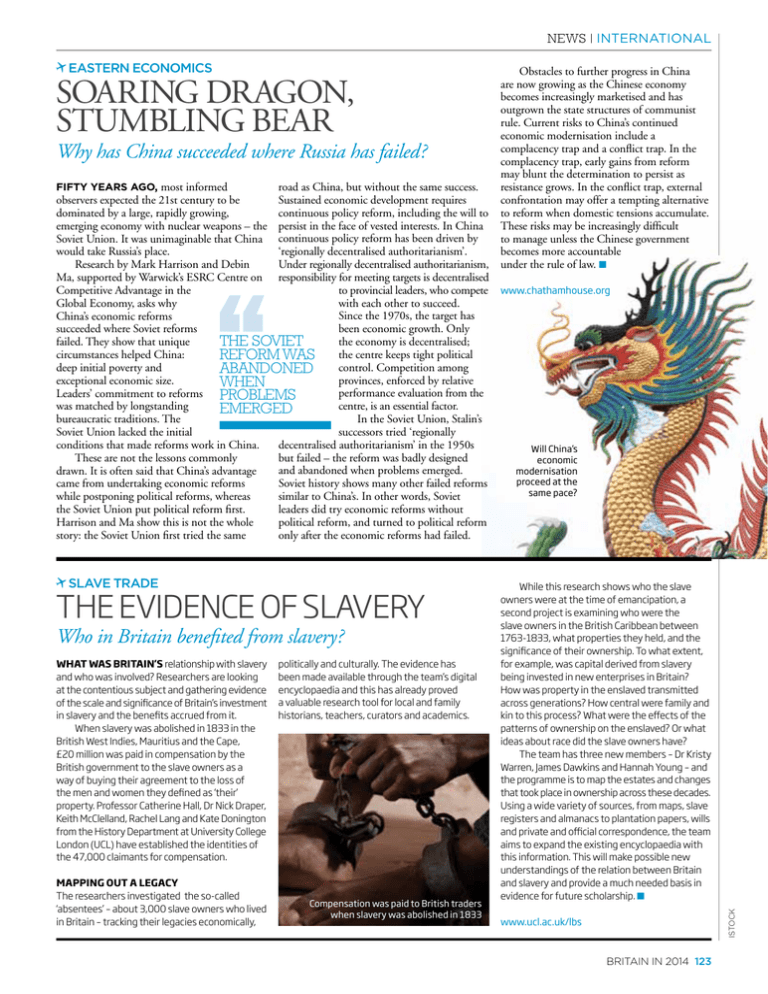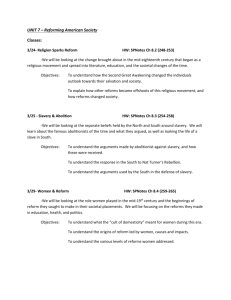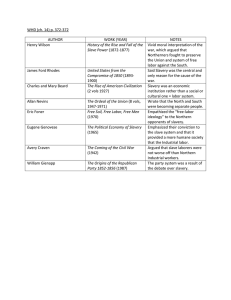SOARING DRAGON,
advertisement

NEWS | INTERNATIONAL EASTERN ECONOMICS Obstacles to further progress in China are now growing as the Chinese economy becomes increasingly marketised and has outgrown the state structures of communist rule. Current risks to China’s continued economic modernisation include a complacency trap and a conflict trap. In the complacency trap, early gains from reform may blunt the determination to persist as road as China, but without the same success. resistance grows. In the conflict trap, external FIFTY YEARS AGO, most informed Sustained economic development requires confrontation may offer a tempting alternative observers expected the 21st century to be continuous policy reform, including the will to to reform when domestic tensions accumulate. dominated by a large, rapidly growing, emerging economy with nuclear weapons – the persist in the face of vested interests. In China These risks may be increasingly difficult to manage unless the Chinese government Soviet Union. It was unimaginable that China continuous policy reform has been driven by ‘regionally decentralised authoritarianism’. becomes more accountable would take Russia’s place. Under regionally decentralised authoritarianism, under the rule of law. ■ Research by Mark Harrison and Debin Ma, supported by Warwick’s ESRC Centre on responsibility for meeting targets is decentralised to provincial leaders, who compete www.chathamhouse.org Competitive Advantage in the with each other to succeed. Global Economy, asks why Since the 1970s, the target has China’s economic reforms been economic growth. Only succeeded where Soviet reforms the economy is decentralised; failed. They show that unique THE SOVIET circumstances helped China: REFORM WAS the centre keeps tight political control. Competition among deep initial poverty and ABANDONED provinces, enforced by relative exceptional economic size. WHEN performance evaluation from the Leaders’ commitment to reforms PROBLEMS centre, is an essential factor. was matched by longstanding EMERGED In the Soviet Union, Stalin’s bureaucratic traditions. The successors tried ‘regionally Soviet Union lacked the initial decentralised authoritarianism’ in the 1950s conditions that made reforms work in China. Will China’s but failed – the reform was badly designed These are not the lessons commonly economic and abandoned when problems emerged. drawn. It is often said that China’s advantage modernisation proceed at the Soviet history shows many other failed reforms came from undertaking economic reforms same pace? similar to China’s. In other words, Soviet while postponing political reforms, whereas leaders did try economic reforms without the Soviet Union put political reform first. political reform, and turned to political reform Harrison and Ma show this is not the whole only after the economic reforms had failed. story: the Soviet Union first tried the same SOARING DRAGON, STUMBLING BEAR Why has China succeeded where Russia has failed? THE EVIDENCE OF SLAVERY Who in Britain benefited from slavery? WHAT WAS BRITAIN’S relationship with slavery and who was involved? Researchers are looking at the contentious subject and gathering evidence of the scale and significance of Britain’s investment in slavery and the benefits accrued from it. When slavery was abolished in 1833 in the British West Indies, Mauritius and the Cape, £20 million was paid in compensation by the British government to the slave owners as a way of buying their agreement to the loss of the men and women they defined as ‘their’ property. Professor Catherine Hall, Dr Nick Draper, Keith McClelland, Rachel Lang and Kate Donington from the History Department at University College London (UCL) have established the identities of the 47,000 claimants for compensation. MAPPING OUT A LEGACY The researchers investigated the so-called ‘absentees’ – about 3,000 slave owners who lived in Britain – tracking their legacies economically, politically and culturally. The evidence has been made available through the team’s digital encyclopaedia and this has already proved a valuable research tool for local and family historians, teachers, curators and academics. Compensation was paid to British traders when slavery was abolished in 1833 While this research shows who the slave owners were at the time of emancipation, a second project is examining who were the slave owners in the British Caribbean between 1763-1833, what properties they held, and the significance of their ownership. To what extent, for example, was capital derived from slavery being invested in new enterprises in Britain? How was property in the enslaved transmitted across generations? How central were family and kin to this process? What were the effects of the patterns of ownership on the enslaved? Or what ideas about race did the slave owners have? The team has three new members – Dr Kristy Warren, James Dawkins and Hannah Young – and the programme is to map the estates and changes that took place in ownership across these decades. Using a wide variety of sources, from maps, slave registers and almanacs to plantation papers, wills and private and official correspondence, the team aims to expand the existing encyclopaedia with this information. This will make possible new understandings of the relation between Britain and slavery and provide a much needed basis in evidence for future scholarship. ■ ISTOCK SLAVE TRADE www.ucl.ac.uk/lbs BRITAIN IN 2014 123




